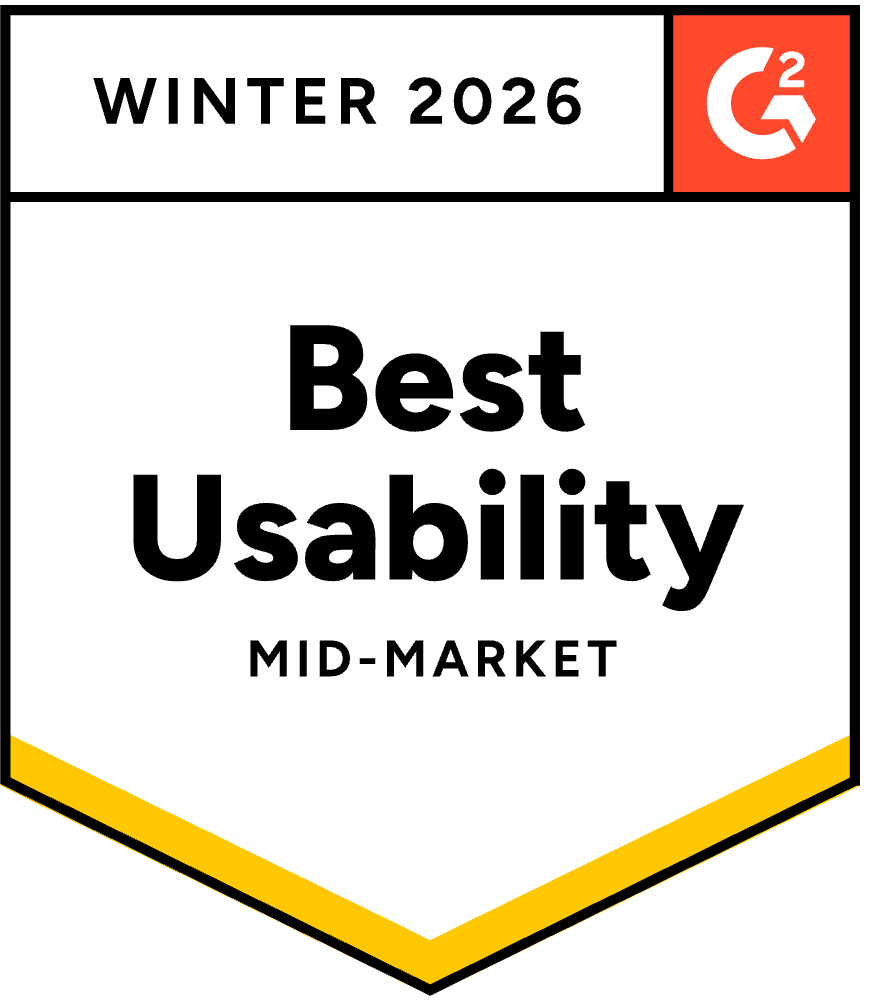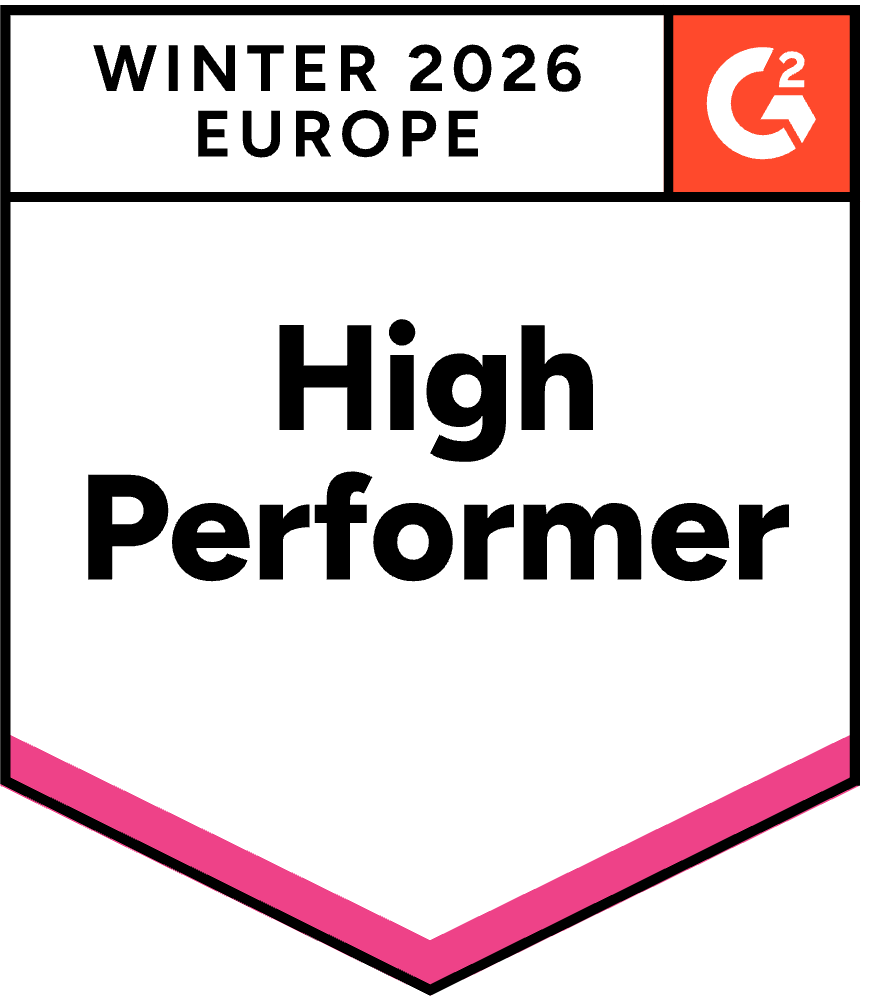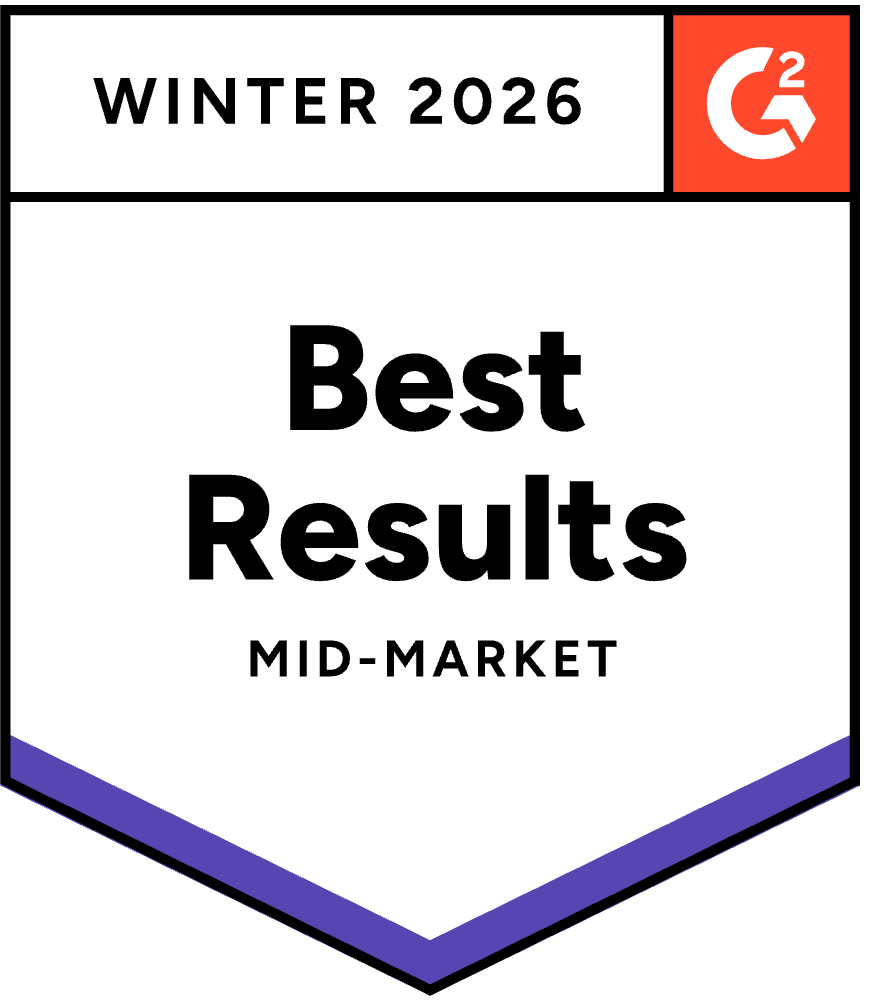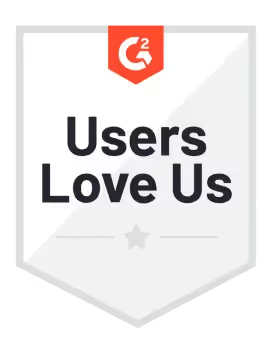



Discover more integrations
No items found.
Get in touch CTA Section
Lorem ipsum dolor sit amet, consectetur adipiscing elit, sed do eiusmod tempor incididunt ut labore et dolore magna aliqua.
Frequently asked questions
How does Sifflet maintain visual and interaction consistency across its observability platform?
We use a reusable component library based on atomic design principles, along with UX writing guidelines to ensure consistent terminology. This helps users quickly understand telemetry instrumentation, metrics collection, and incident response workflows without needing to relearn interactions across different parts of the platform.
How can I avoid breaking reports and dashboards during migration?
To prevent disruptions, it's essential to use data lineage tracking. This gives you visibility into how data flows through your systems, so you can assess downstream impacts before making changes. It’s a key part of data pipeline monitoring and helps maintain trust in your analytics.
How does data observability support compliance with regulations like GDPR?
Data observability plays a key role in data governance by helping teams maintain accurate documentation, monitor data flows, and quickly detect anomalies. This proactive monitoring ensures that your data stays compliant with regulations like GDPR and HIPAA, reducing the risk of costly fines and audits.
Why does query formatting matter in modern data operations?
Well-formatted queries are easier to debug, share, and maintain. This aligns with DataOps best practices and supports transparency in data pipelines, which is essential for consistent SLA compliance and proactive monitoring.
How can data observability help reduce data entropy?
Data entropy refers to the chaos and disorder in modern data environments. A strong data observability platform helps reduce this by providing real-time metrics, anomaly detection, and data lineage tracking. This gives teams better visibility across their data pipelines and helps them catch issues early before they impact the business.
What’s next for data observability at Sifflet?
We’re focused on solving the next generation of challenges, like hybrid environments, end-to-end data lineage tracking, and scaling data trust. Whether it's batch data observability or real-time pipeline monitoring, our mission is to help organizations build resilient, transparent, and future-proof data stacks.
How did Adaptavist reduce data downtime with Sifflet?
Adaptavist used Sifflet’s observability platform to map the blast radius of changes, alert users before issues occurred, and validate results pre-production. This proactive approach to data pipeline monitoring helped them eliminate downtime during a major refactor and shift from 'merge and pray' to a risk-aware, observability-first workflow.
How does Sifflet support data documentation in Airflow?
Sifflet centralizes documentation for all your data assets, including DAGs, models, and dashboards. This makes it easier for teams to search, explore dependencies, and maintain strong data governance practices.















-p-500.png)
